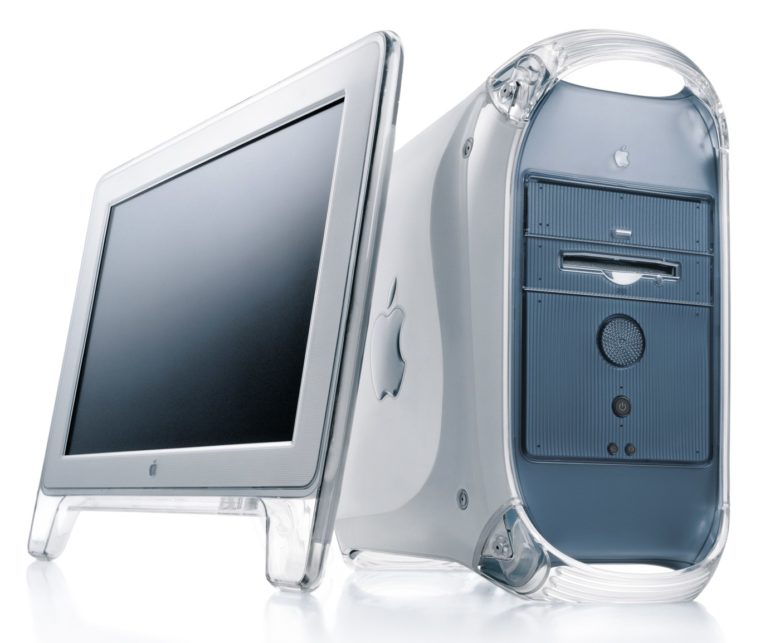

Apple ships Cinema Display, world's largest LCD display
source link: https://www.cultofmac.com/460173/worlds-largest-lcd-display/
Go to the source link to view the article. You can view the picture content, updated content and better typesetting reading experience. If the link is broken, please click the button below to view the snapshot at that time.

 December 29, 1999: Apple starts shipping its unfathomably large 22-inch LCD “Cinema Display.”
December 29, 1999: Apple starts shipping its unfathomably large 22-inch LCD “Cinema Display.”
The biggest LCD computer display available anywhere in 1999, Apple’s all-digital flat panel is a far cry from the bulky cathode ray tube monitor the then-current iMac sported. It is also Apple’s first widescreen display and the first to sport a digital video interface.
The Cinema Display: Apple’s best display yet
Aside from its size and shape, what was so dazzling about Apple’s $3,999 Cinema Display was its thinness and vibrancy.
Thinness is something we now associate with Apple, and virtually take for granted, courtesy of years of increasingly slim iPhones, iPads and MacBooks. However, when this display shipped Apple hadn’t yet gotten around to its obsession with anorexic computers. As a result, the existence of a flat panel monitor seemed astonishing.
Elsewhere, Apple continued building CRT monitors until 2006 — when it shipped its last CRT Mac — and average users didn’t get flat panel LCD displays until the iMac G4 in 2002.
For one with a screen close to the size of the Cinema Display, they had to wait until November 2003, when Apple debuted its 20-inch iMac G4, its biggest flat-panel all-in-one computer yet. Even then, it couldn’t quite match the 22-inch Cinema Display’s size.
Apple Cinema Display specs

Photo: Apple
“The Apple Cinema Display is without a doubt the largest, the most advanced and the most beautiful LCD display ever offered,” said Steve Jobs when the 1999 Cinema Display was announced.
In terms of vibrancy, the display’s LCD colors popped in a way that they hadn’t done on CRT. It featured a 16:9 aspect ratio and a display resolution of 1600×1024. The goal? Appeal to high-end graphics professionals and creatives, who had remained loyal (if frustrated) Apple users during the previous decade.
With that in mind, Apple designed the Cinema Display to work with the high-end Power Mac G4 line. That computer offered higher graphics performance and other advanced features for power users. The display’s targeting of those in the creative industries was subtly made clear through a design that incorporated a stand reminiscent of a painter’s easel.
Calling the screen a Cinema Display also pointed toward a direction Apple was just starting to explore: the computer as entertainment hub.
That same year, Apple launched its movie trailer website, apple.com/trailers, which let users watch movie trailers at a quality unparalleled anywhere else. It would be a few more years before Apple started letting users download movies through the iTunes Store. The Cinema Display helped make this service compelling.
Cinema Display goes bye-bye
Apple continued to be excited about the Cinema Display for the next decade. The displays got larger and larger, eventually topping out at 30-inches. Apple eventually discontinued the line in 2011, replacing them with the Thunderbolt Display, and since then has withdrawn from making these as well.
However, its legacy can still be seen by looking at any iMac. The popular all-in-one computer carries the same widescreen flat-panel design that Apple introduced back in 1999.
Did you own this display? What is your favorite Apple monitor of all time? Leave your comments below.
Recommend
About Joyk
Aggregate valuable and interesting links.
Joyk means Joy of geeK


